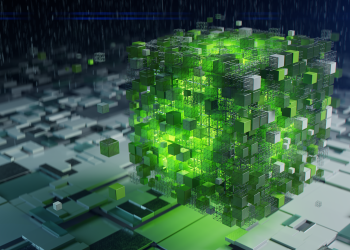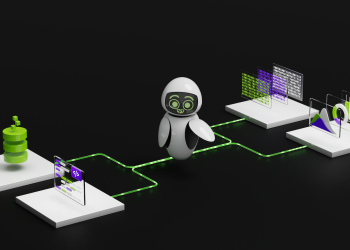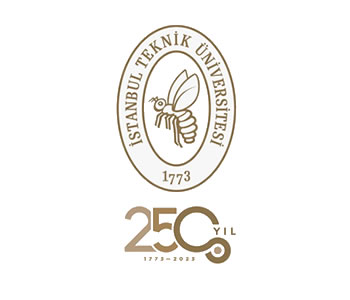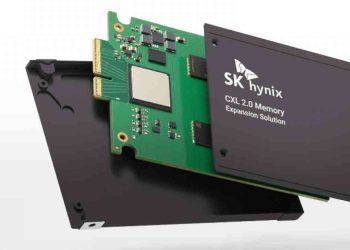sm:leading-[6px] sm:text-sm”>
You may like
-
Seagate claims hard drives are more environmentally friendly than SSDs
-
Fraudulent hard drive scandal deepens at Seagate: Clues point at Chinese Chia mining farms
Dubbed the Advanced Recycling and Rare Earth Material Capture Program, WD’s initiative has already saved 47,000 pounds worth of hard drives, SSDs, and caddies from landfills or less-effective recycling programs. WD was able to achieve a more than 90% reclaim rate for REE and an 80% rate for all of the shredded material.
The drives came from Microsoft’s U.S. data centers where they were first shredded and then sent to PedalPoint for sorting and processing. Magnets and steel were then sent to CMR, which uses its acid-free dissolution recycling (ADR) technology to extract the rare earth elements.
CMR’s ADR process uses a copper salt solution to create a selective leaching that produces 99.5 percent pure REO. The company avoids harsh chemicals that would damage the REO or adjacent materials such as aluminum.
The reclaimed rare earth elements can then be sold back into the U.S. supply system where they can be used to manufacture new tech products. According to WD’s whitepaper, the reclaiming process produces 95 percent fewer greenhouse gases than virgin mining of the same materials.
If done at a large scale, the reclaimed materials could take the place of some of the materials the U.S. sources from China. However, of the seven materials China is restricting – samarium, gadolinium, terbium, dysprosium, lutetium, scandium, and yttrium – only dysprosium is commonly found in hard drives.
“HDDs are vital to our data center infrastructure, and advancing a circular supply chain is a core focus for Microsoft,” Chuck Graham, Microsoft CVP, Cloud Sourcing, Supply Chain, Sustainability, and Security said in a press release.
To get their recycling program up and running, WD and its partners went through 18 months of testing, with the initial study period beginning in 2023 and ending in December 2024 Now the company is working with more partners.
“Western Digital is currently expanding the HDD rare earth material capture program based on the successful pilot with Microsoft,” Jackie Jung, WD’s VP of Global Operations Strategy and Corporate Sustainability told Tom’s Hardware. “This program is now in development with a number of our hyperscale customers.”
The potential need for hard drive recycling is huge and growing. According to the Financial Times, there were 23,000 data centers with 70 million servers as of 2022. Each of these servers has multiple hard drives which reach their end of life, often after just three to five years. The amount of e-waste overall is expected to reach 75 million tons by 2030.
Follow Tom’s Hardware on Google News to get our up-to-date news, analysis, and reviews in your feeds. Make sure to click the Follow button.









